A Colonial Holiday
American history as it was
Colonial Williamsburg is a place where you will learn as if you were in pre-revolutionary Virginia. Thanks to the Rockefellers, the tri park area, including Jamestown and Yorktown, is a chance to be immersed in living history. You don’t have to be a die-hard patriot to appreciate the beginnings of our great country.
We took our family to this spot when they were school age because of the variety of things to do besides learning about the beginnings of our nation. Of course, the historic venues are a huge part of the experience, but there is also a water park, Busch Gardens amusement park, white water rafting, and golf. After our summer vacation here, the requests for return visits didn’t stop until the girls got to preteens.
#1 Start on the streets of Colonial Williamsburg
The Governor’s Palace
Originally constructed in 1706-1720 it has been restored to its present beauty. The grounds include a smokehouse, laundry, wellhead, salthouse, formal gardens, orchard, and an artificial canal and a holly maze.
I just made a return visit with my now 26-year-old twins, and we found new things to love about this magical place. I think the best spot to start is in Colonial Williamsburg. The visitor’s center includes a museum and displays that will tease you with what lies ahead. A multiday pass is your best buy as you may want to see other attractions between historic days.
Walking the streets, you will soon realize your surroundings appear as if you were in the 1700s. The employees dress in costume and speak in character, wanting you to experience things as they were. There are many spots to visit, and some stand in their original glory, including the Public Magazine, Ludwell-Paradise House, Old Court House, and George Wythe House.
The Wythe House, built about 1750, was bequeathed to George Wythe by his father-in-law. He was a leading Virginian of his time and a law professor. Some of his notable students included Thomas Jefferson, John Marshall, James Monroe, and Henry Clay.
Inside the George Wythe house. The house stands today as it did in the early 1700s including the whimsical wallpaper.
A demonstration of a soldier firing his weapon on the streets of Williamsburg is an exciting, and loud sight to see.
The Old Court House holds the wigs that the judges wore while in session. The room is sparse and the seating uncomfortable.
#2 Visit Jamestown and Yorktown
In Jamestown, you can see the first thriving English colony in America dating back to 1607. Get started at the visitor's center and watch an introductory film that describes the cultures of who was here at that time - Powhatan Indians, the English, and West Central Africans. Then it's outdoors to watch costumed historical interpreters describe and demonstrate daily life in early 17th-century Jamestown. You can climb aboard a re-creation of one of the three ships that sailed from England to Virginia in 1607. There are also life-size re-creations of a fort and a Paspahegh town, many of which have interpreters telling stories of what life was like in America's infancy.
Yorktown is famous for being the place where the surrender of the Britsh marked the end of the Revolutionary War. It's known that General Lord Cornwallis feigned illness and could not attend the monumental event but sent his deputy in his place. General George Washington recognized the snub and sent his second command, General Charles O'Hara, to receive the sword of surrender. O'Hara accepted the sword and handed it back to Cornwallis's deputy.
Aside from the rich history of the riverside city, visitors come to the beach to picnic, spend the day shopping, and dining at the many restaurants that boast the town's famous seafood. You can also stroll through town and see how people live in houses among the historic buildings of the 17th and 18th centuries.
#3 Taking a history break
After spending days and days exploring the three major sites in Williamsburg, it's always good to take a day or two off and explore. Our whole family loves visiting Busch Gardens amusement park because it is just that - a park! It's landscaped so beautifully with hanging baskets of colorful flowers. There is such a variety of food venues like the German beer garden, Trapper's Smokehouse for ribs, and English pub food. It is in Busch Gardens where I had my first funnel cake. The rides are thrilling with levels of delight for everyone in the family. Another Busch Gardens property is Water Country USA waterpark. You can spend a day here channeling your forgotten daredevil or float forever on the lazy river.
If golf is your game, the Williamsburg Inn runs the Golden Horseshoe Golf Club situated steps from Colonial Williamsburg. The course meanders through undulating hills and valleys, with spectacular views and exciting golf challenges at every turn. This course, beautifully landscaped, is surrounded by old-growth woods.
North from Williamsburg is the state's capital, Richmond. Here you can go white water rafting while taking in views of the city's skyline and some famous landmarks like Hollywood Cemetery, where two U.S. Presidents are entombed.
#4 Where to Stay and Eat
Because this is a popular family destination, hundreds of hotels cater to families with swimming pools and play equipment; however, if you want to experience five-star service, my first choice is the Williamsburg Inn. It is stately and elegant. The dining is delicious and the staff very professional. This time we rented a historic home on the grounds of Colonial Williamsburg through the Williamsburg Inn. There are over 20 free-standing 18th-century properties that you can stay in with the Inn as your host. Daily cleaning and concierge service are available. Our place was one time a kitchen off the main house. Spacious enough for four, it had two stories with a canopied bed downstairs, a small kitchen, a full bathroom, and a parlor. Upstairs was a room with two twin beds, a full bath, and a sitting room. Outside was a courtyard, a wellhead. The furnishings were period (winged back chairs, a secretary, shuttered doors for the closets), yet the bathrooms had all the comforts you want in a nice hotel. At night we had cocktails in the parlor and, after dinner, had a checkers match in the sitting room upstairs.
As I mentioned, the Inn has the Terrace Restaurant that serves breakfast and dinner as well as The Social Terrace, a lovely outdoor area where you can enjoy a cocktail after a long day sightseeing. We ate the King’s Arms Tavern steps away from our house in Colonial Williamsburg. The food, themed after the fare in the 1700s, with such dishes as Peanut Soupe, Johnny Cakes, and Hunter’s Game Pye. As the courses are served, the waiter tells the room the history behind each dish. Take a walk after down Duke of Gloucester Street to walk off the delicious meal.
It is a good idea to make reservations well ahead during busy season as the restaurants fill up.
My biggest thrill
was getting a ride from Adam down the Duke of Gloucester Street on this newly commissioned periwinkle blue carriage made in Pennsylvania by the Amish. He took me to my lunch stop, and I got to chat with him along the way.
I hope you and your family get to visit or revisit this historic part of America.
Let me know your favorites spots and follow us on Instagram for all our latest musings.
Photos by Colonial Williamsburg and author’s own.



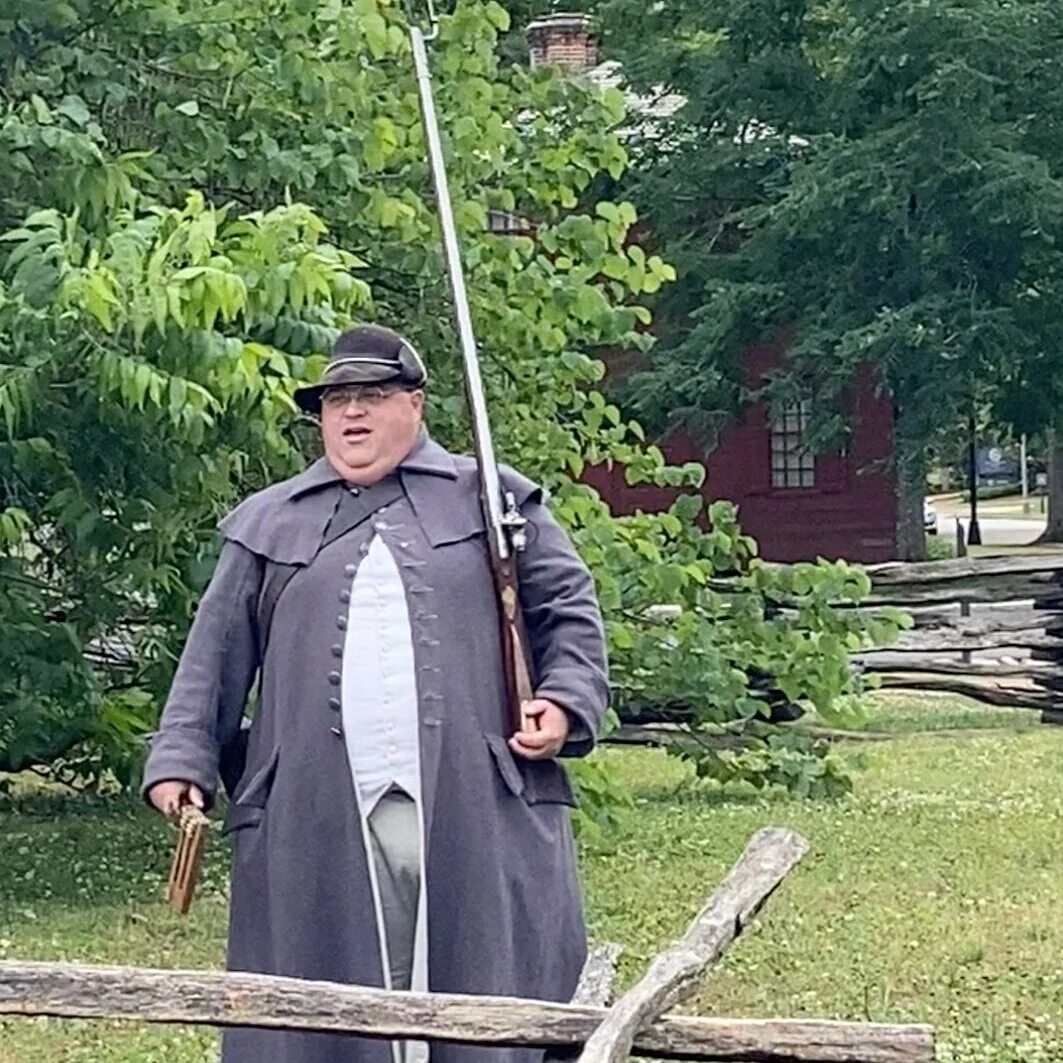
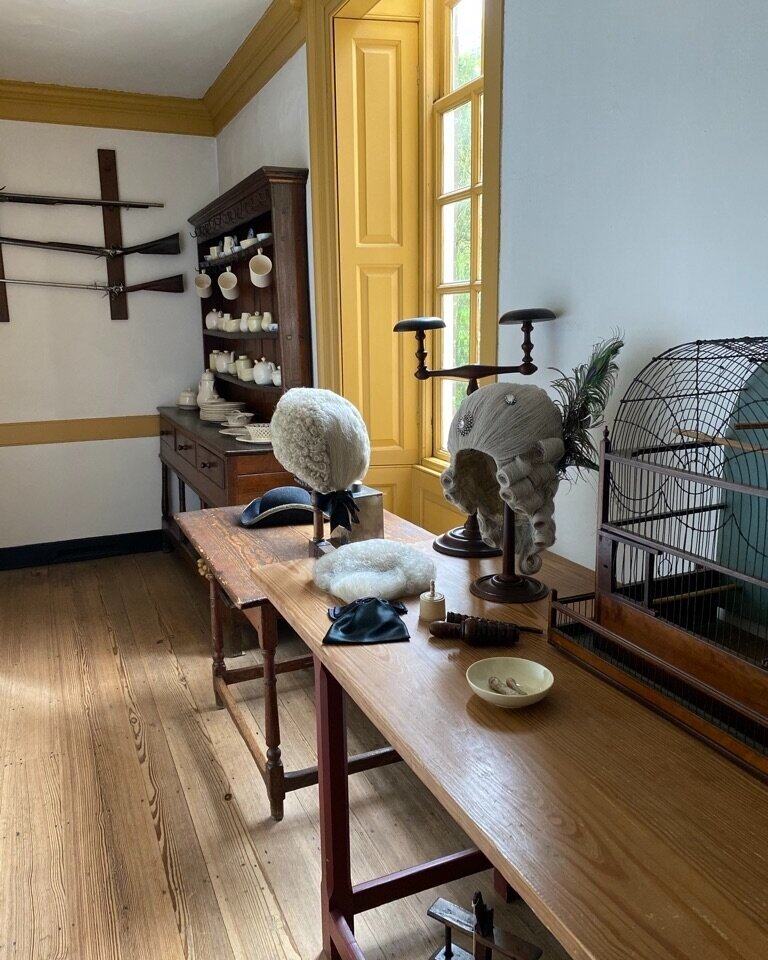





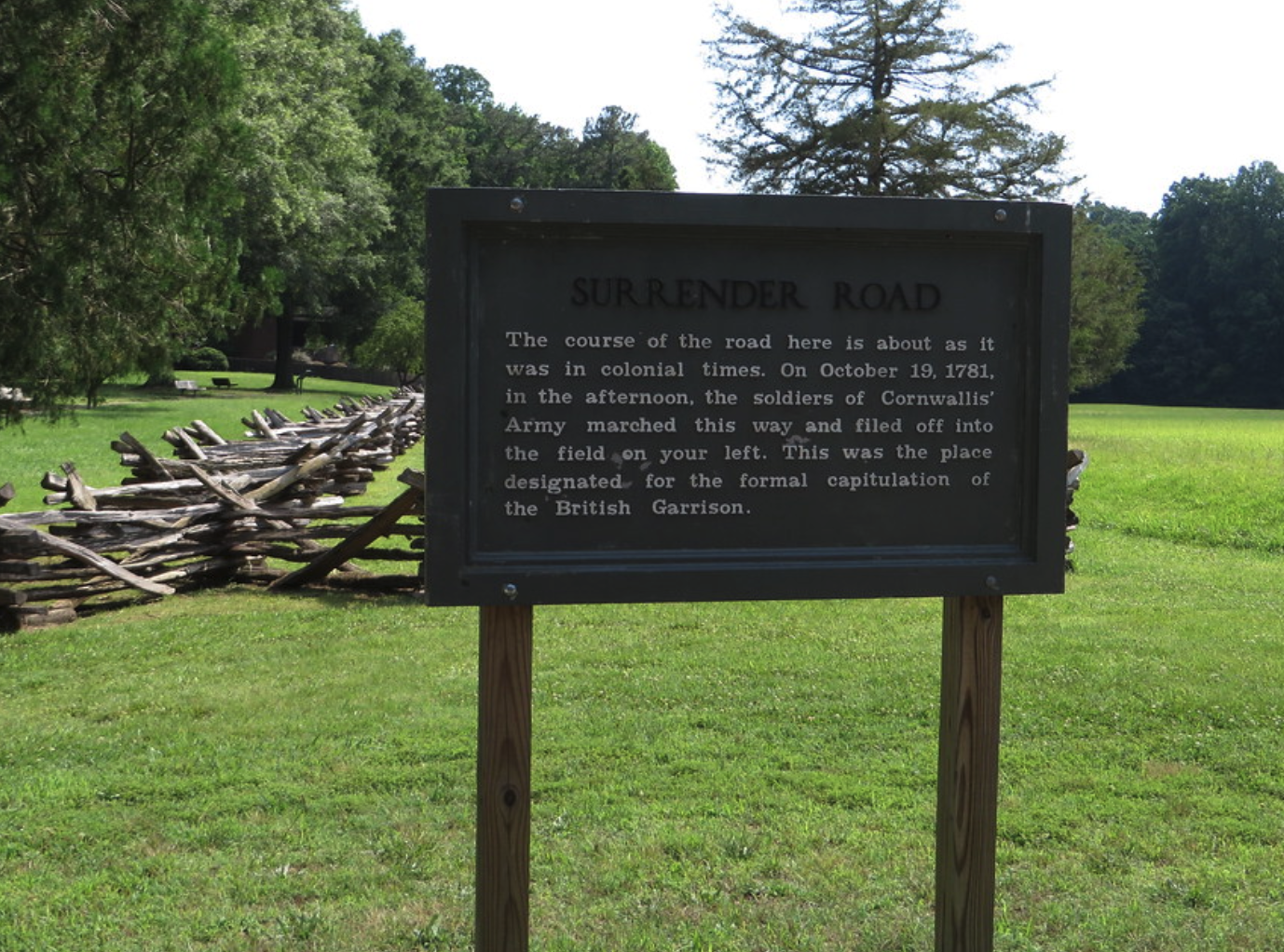



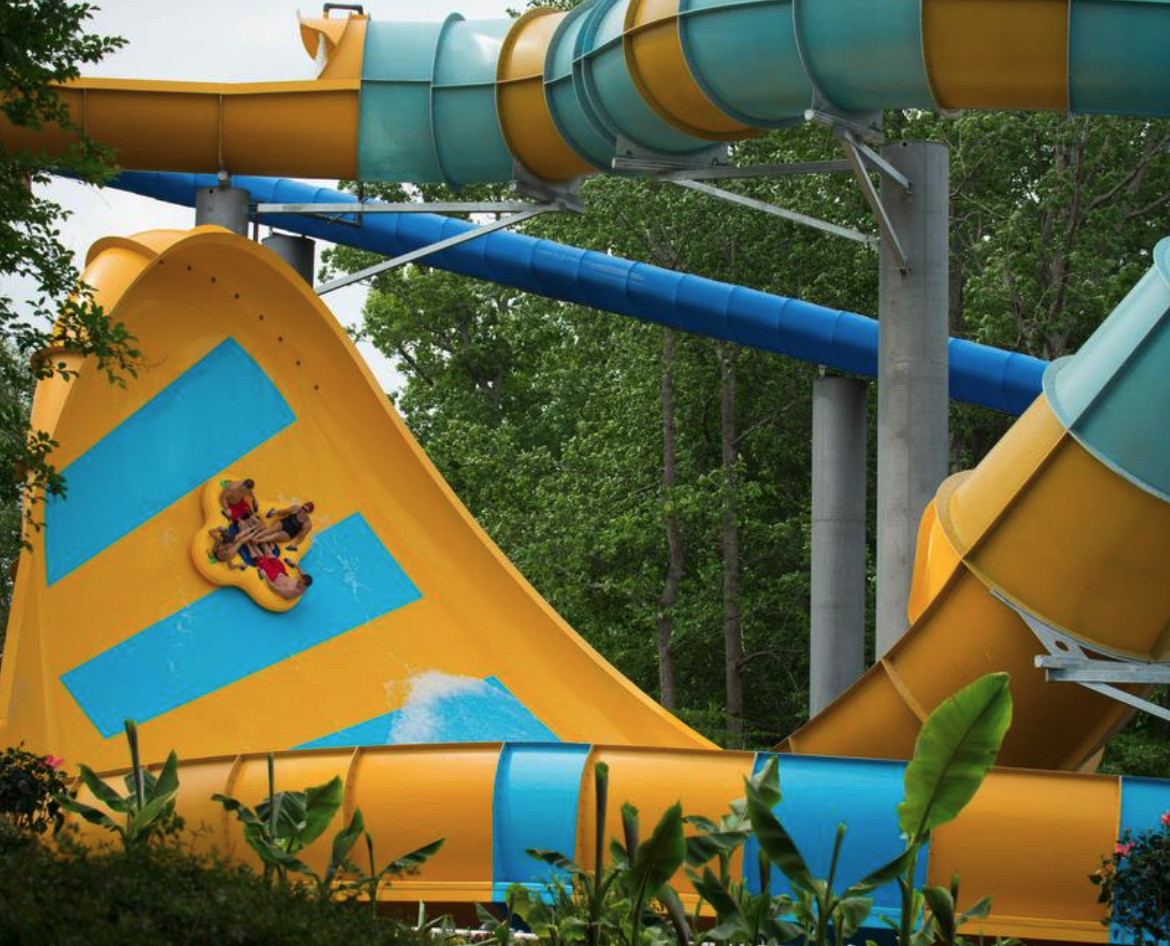








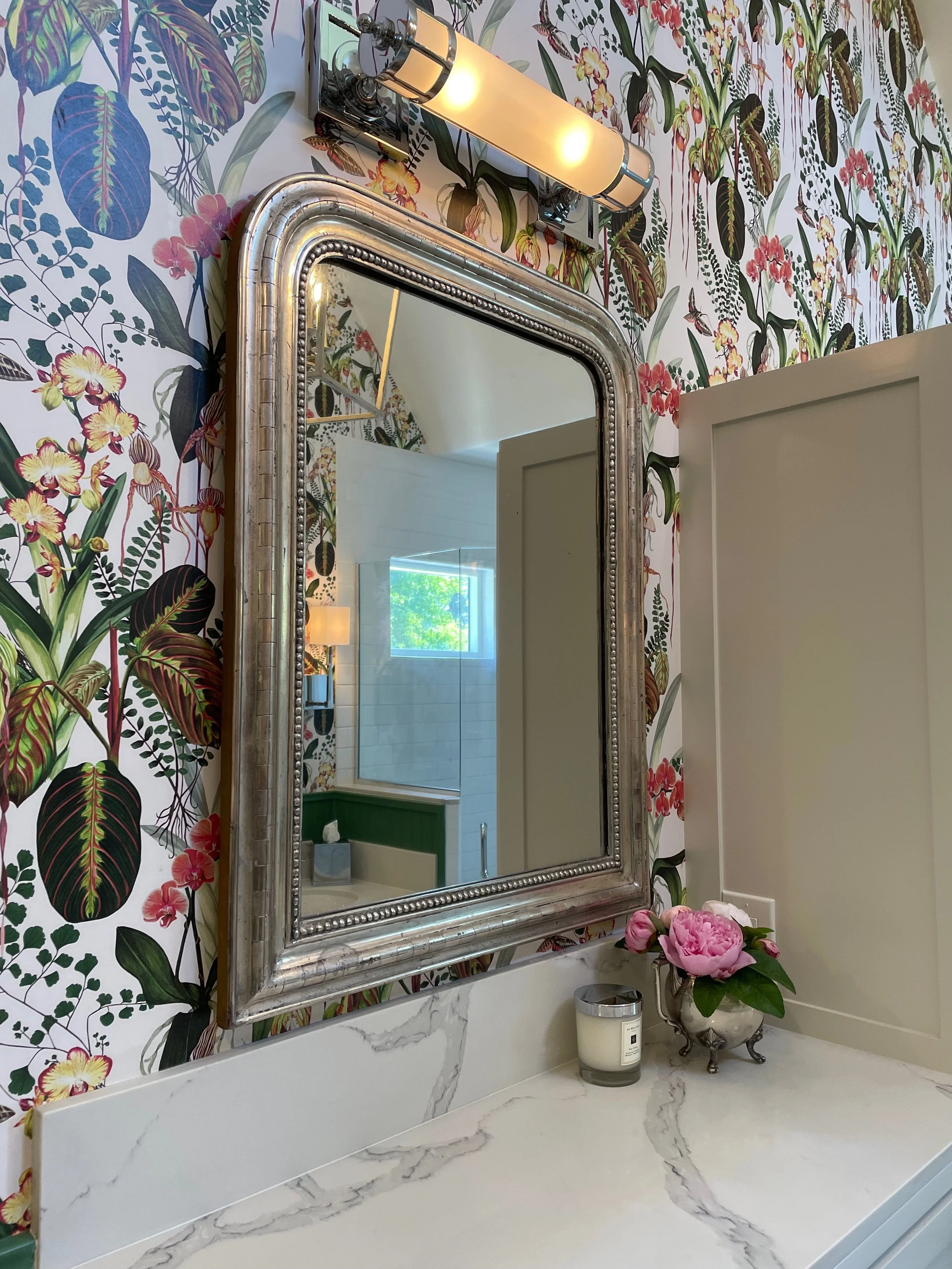

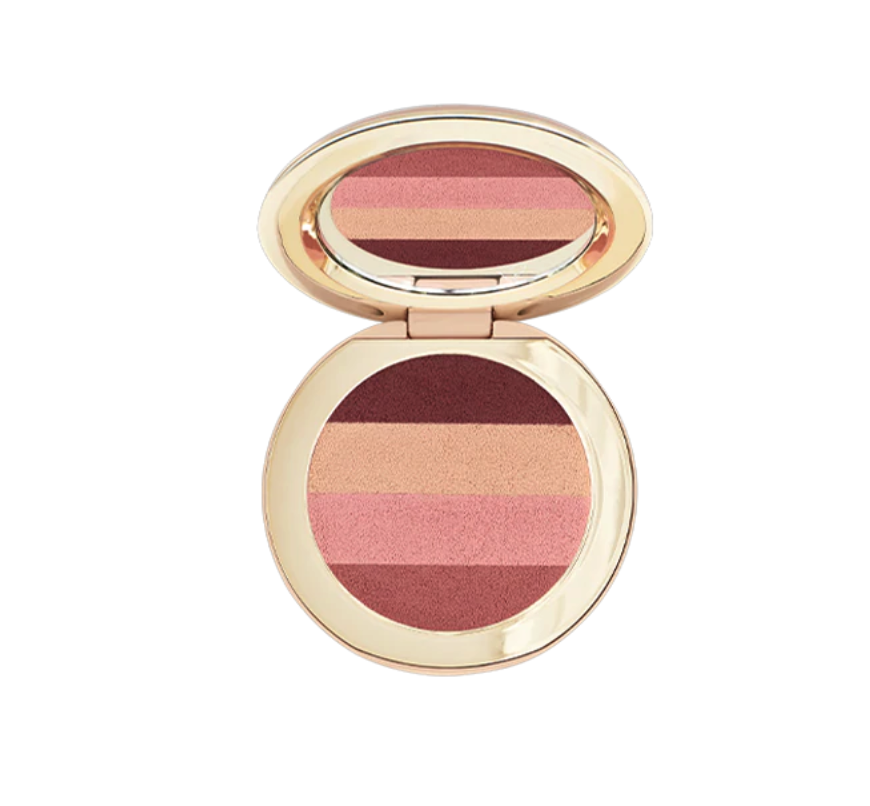




Tinted moisturizers are popular in the summertime when just a little coverage is needed and SPF is a must. We’ve reviewed three that have a little something for everyone. We hope you find one to love.